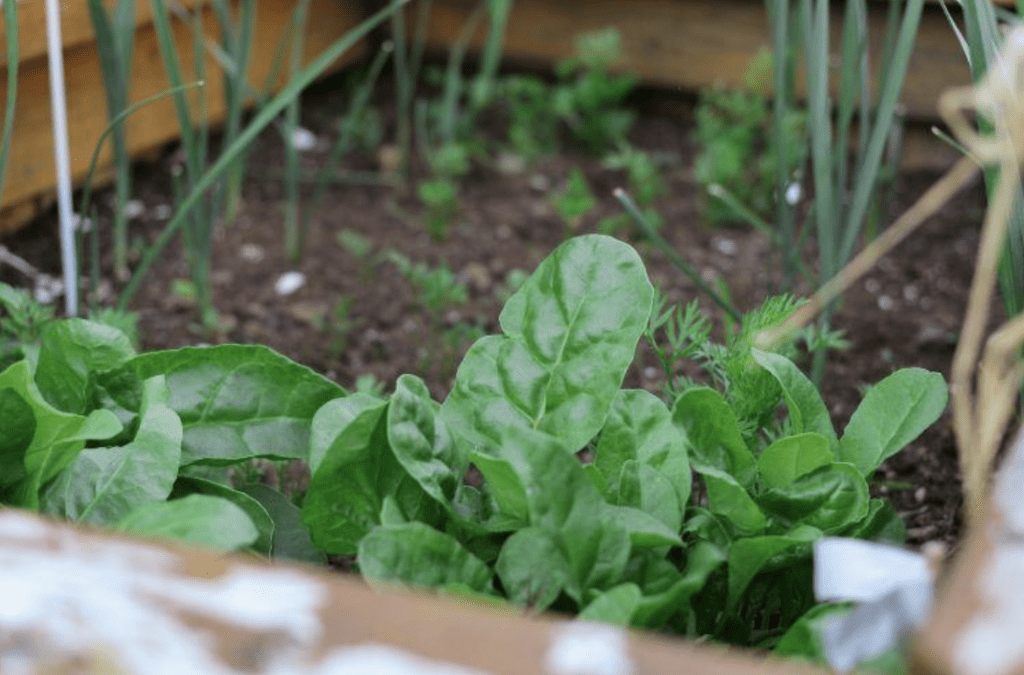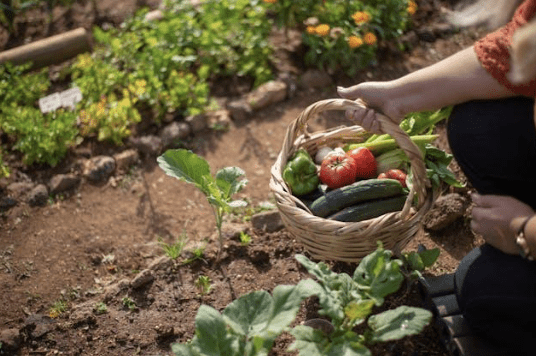
Relocating to a new city often brings a mix of excitement and uncertainty. Amid adapting to new landscapes, engaging with urban farming and green spaces emerges as a rejuvenating and grounding pursuit. These concepts are gaining traction, redefining modern living by blending nature with cityscapes. Urban agriculture and green spaces beautify cities and play a critical role in enhancing ecological health, fostering community bonds, and promoting mental well-being. Whether it’s growing your own vegetables, participating in community gardening, or simply enjoying the tranquility of a green park, these activities offer a unique opportunity to connect with nature and your new community. This blog post aims to guide you through the various ways to involve yourself in green living, making your post-relocation experience more enriching and fulfilling.
Starting Fresh: Urban Farming Challenges After Relocating
Getting involved in urban farming after moving, especially with no prior experience, can be challenging yet rewarding. Imagine you’ve just completed a significant life change, having decided to plan a safe interstate relocation from the urban sprawl of California to the lush, green surroundings of Oregon. Such a move, facilitated by reliable movers, not only brings a change in scenery but also introduces a whole new set of environmental conditions to adapt to. The key to easing into urban farming in your new home lies in taking small, manageable steps. Start by visiting local community gardens to observe and learn. Each region, including its unique climate, has its own set of gardening rules – what works in California might not in Oregon. Allow yourself time to understand the local soil, weather patterns, and native plants. Patience is crucial; remember, adapting to a new environment takes time.
Participating in Urban Farming and Green Spaces
As mentioned, participating in urban farming can start with something as simple as volunteering at a local community garden. These gardens often seek help with planting, maintenance, and harvesting, offering an excellent opportunity to learn hands-on about agriculture. Additionally, many urban farms and green initiatives host workshops and events focused on sustainable gardening, composting, and eco-friendly practices. Attending these events broadens your knowledge and connects you with like-minded individuals who share the same passion. Some cities offer courses or certifications in urban agriculture, which can be particularly beneficial for those looking to deepen their involvement or even start a career in this field. Remember, participating in farming isn’t just about growing food; it’s about growing communities and fostering a deeper connection with the environment.

Starting Your Own Project
Embarking on your own urban farming project is an exciting way to contribute directly to urban greening. The first step is planning, which involves assessing the space you have available, be it a balcony, rooftop, or a small backyard. Understanding local climate and soil conditions is crucial for selecting suitable plants. Next, familiarize yourself with local regulations regarding gardening. Sustainability should be at the heart of your project – consider using recycled materials for planters, collecting rainwater for irrigation, and opting for organic pest control methods. If space is limited, explore vertical gardening or container gardening techniques. Community engagement is also key. Sharing your plans with neighbors can lead to shared resources, tips, and perhaps even collaborative gardening efforts. Starting your project is not only rewarding but also a symbol of your commitment to a greener lifestyle.

Contributing to Green Spaces
Contributing to green spaces in urban areas is vital for enhancing the quality of life for city dwellers. Getting involved in existing community gardens or parks is a straightforward approach. These spaces often need volunteers for various tasks like planting, weeding, and organizing community events. If no established green spaces are nearby, consider initiating a project. This could involve starting a new community garden or advocating for the creation of green spaces. Working alongside local authorities, neighborhood associations, and environmental groups can help turn these ideas into reality. Participating in tree planting drives, clean-up events, and wildlife habitat creation are other contributing ways. Remember, every small action counts; collectively, these efforts significantly improve biodiversity and create more livable, breathable cities.
The Social Aspect of Urban Farming
The social benefits of urban farming are immense. It’s not just about growing food; it’s about growing communities. These green initiatives provide a platform for residents to come together, share experiences, and collaborate. Participating in farming projects and green space activities fosters a sense of community belonging and collective responsibility. It’s a space where diverse groups can unite over a shared goal, leading to stronger, more resilient communities. Involving local schools and youth organizations in these projects can have a lasting impact, instilling sustainability and environmental stewardship values in the younger generation. These initiatives also serve as educational resources, teaching practical skills in gardening, conservation, and ecological awareness. The social cohesion and networks formed through these green endeavors are invaluable, making city living more connected and meaningful.

Challenges and Solutions in Urban Farming
While urban farming and green spaces initiatives are rewarding, they come with their own challenges. Space constraints, limited resources, and varying climates are common hurdles. However, these challenges often inspire innovative solutions. For instance, rooftop gardens and vertical farming techniques efficiently utilize limited space. Community-shared resources can overcome financial and material limitations. Climate challenges can be addressed by selecting appropriate plant species and using microclimate modifying techniques. Learning from successful farming projects in other cities can provide valuable insights. Technologies such as hydroponics and aquaponics are also emerging as sustainable solutions in urban agriculture. The key is to remain adaptable, resourceful, and open to new ideas and technologies to make farming more accessible and effective.
Conclusion
Embracing urban farming and green spaces is more than a hobby; it’s a lifestyle choice that enriches personal life and the community. It represents a shift towards a more sustainable, connected, and healthier living. As you settle into your new city, take the opportunity to engage with these green practices. Your involvement can make a significant impact on your well-being and contribute to the creation of vibrant, livable urban environments. Let your green journey begin, and watch as it transforms your surroundings and your connection with your new community.
